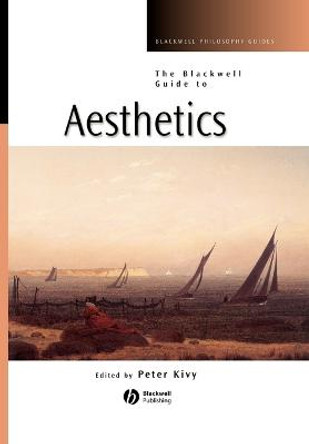Description
This book introduces the reader to a balanced coverage of concepts and theories central to community ecology, using examples drawn from terrestrial, freshwater, and marine systems, and focusing on animal, plant, and microbial species. The historical development of key concepts is described using descriptions of classic studies, while examples of exciting new developments in recent studies are used to point toward future advances in our understanding of community organization. Throughout, there is an emphasis on the crucial interplay between observations, experiments, and mathematical models.
This second updated edition is a valuable resource for advanced undergraduates, graduate students, and established scientists who seek a broad overview of community ecology. The book has developed from a course in community ecology that has been taught by the author since 1983.
Figures and tables can be downloaded for free from www.wiley.com/go/morin/communityecology
About the Author
Peter Morin is a leading experimental community ecologist. He is interested in many aspects of community ecology, including predator-prey interactions, food webs, and the causes and consequences of biological diversity.
Reviews
"The book arose from courses the author has been giving since 1983, so is well-tailored to final year graduate and particularly postgraduate students in ecology, but will also be of value to biodiversity scientists wishing to understand more of within-community interactions." (Biodiversity and Conservation, 1 October 2012)
"This text is written with the postgraduate ecologist in mind, and the basic concepts, biological and mathematical, are Assumed . . . Given the relatively advanced level at which it is pitched, the text is pleasingly accessible to the non-specialist." (Bulletin of the British Ecological Society, 1 June 2012)
"With a strong editorial input to improve readability and the employment of good graphic design and typography, Community Ecology could be an excellent, highly useful resource for coursework and self-study. Summing Up: Recommended. Upper-division undergraduates through researchers/faculty." (Choice, 1 April 2012)"As such I recommend it to anyone involved in teaching introductory ecology at undergraduate level." (Elsevier's Biological Conservation, 1 January 2012)"One might query the balance of coverage of various topics but nevertheless this remains the only textbook exclusively devoted to this scale of study." (Frontiers of Biogeography, 3 March 2011)
"However, conservation biologists have got to be trained in community ecology and this is a very good and authoritative book covering the basics. As such I recommend it to anyone involved in teaching introductory ecology at undergraduate level." (Biological Conservation, 12 December 2011)
Book Information
ISBN 9781405124119
Author Peter J. Morin
Format Paperback
Page Count 418
Imprint Wiley-Blackwell
Publisher John Wiley and Sons Ltd
Weight(grams) 839g
Dimensions(mm) 244mm * 188mm * 23mm







